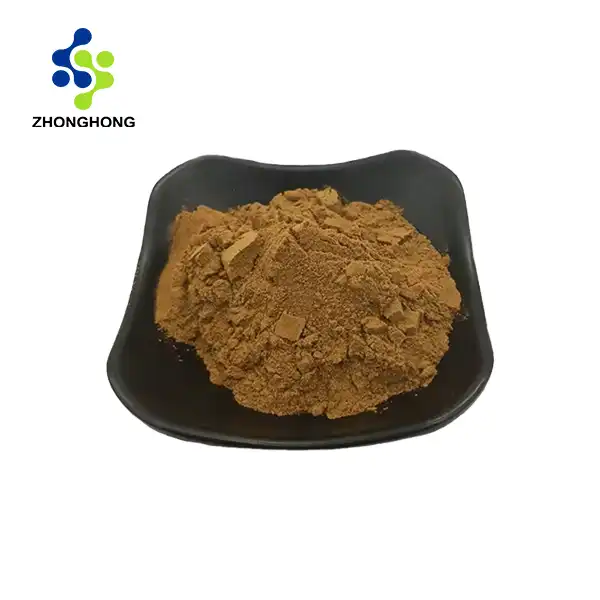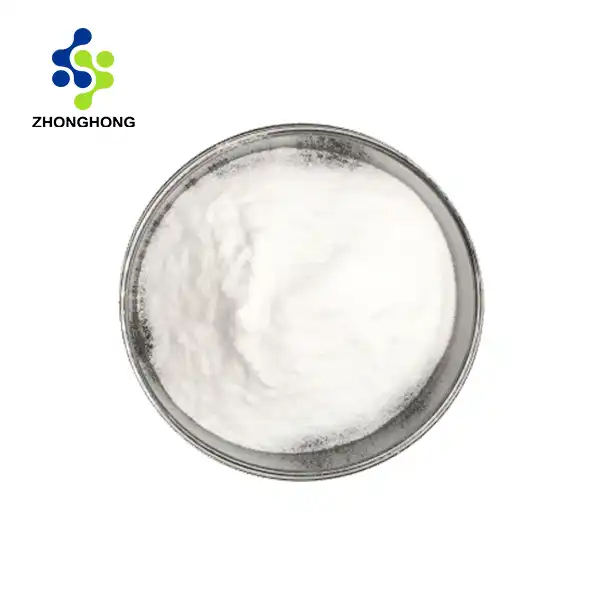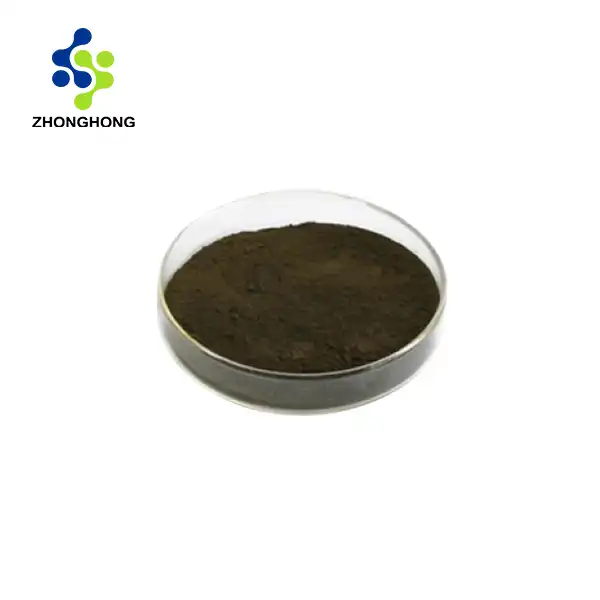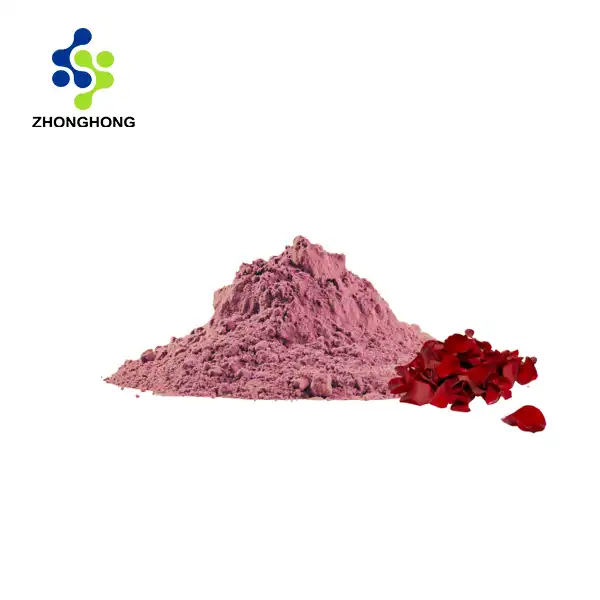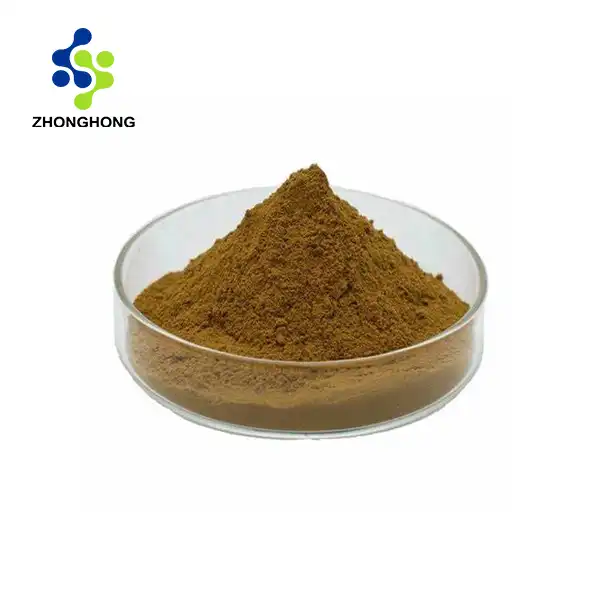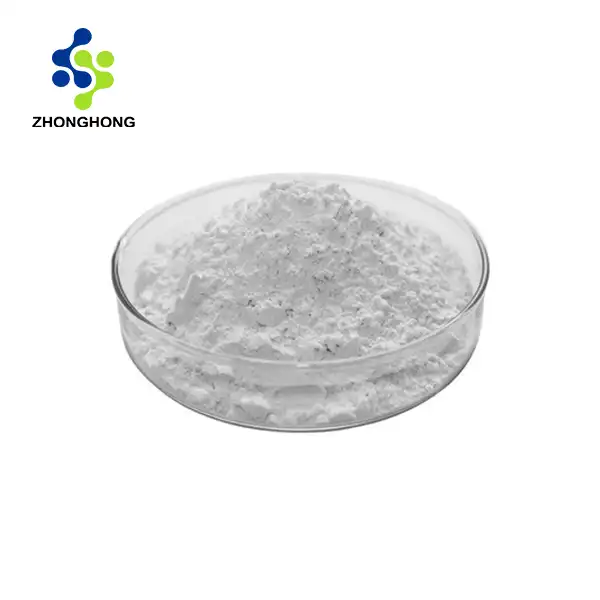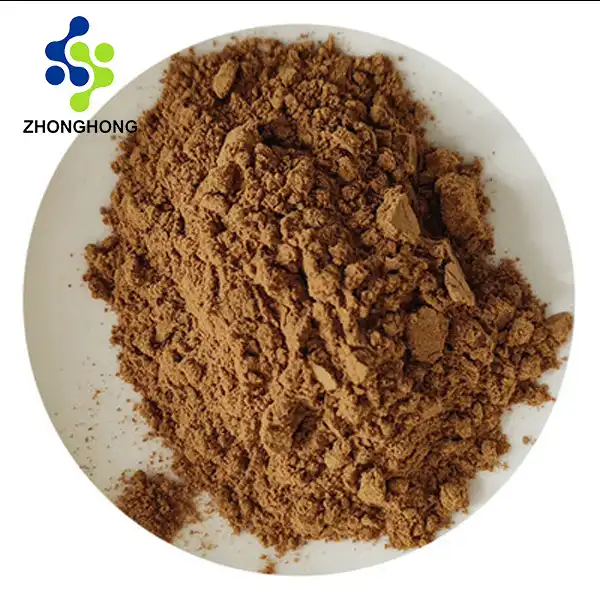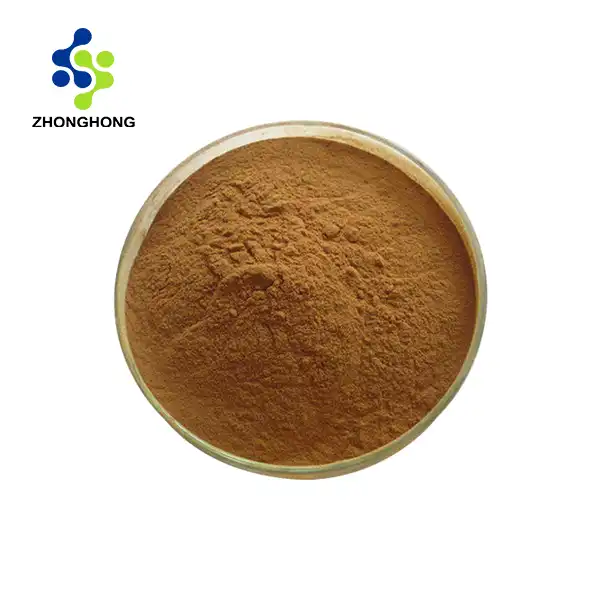Understanding the Origins of Natural Shilajit Resin
2024-12-18 10:53:42
Natural Shilajit resin, a prized substance in Ayurvedic medicine, has captivated the interest of health enthusiasts and researchers alike. This mysterious, tar-like substance is formed over centuries in the high altitudes of mountainous regions, particularly the Himalayas. Rich in fulvic acid and minerals, Shilajit has been used for millennia to promote overall well-being and vitality. In this comprehensive guide, we'll explore the origins of Natural Shilajit Resin, delve into its harvesting and purification process, and uncover the unique properties that make Himalayan Shilajit so sought after in the world of natural health supplements.
Where Does Shilajit Resin Come From?
The Geological Formation of Shilajit
Shilajit resin is formed through an intricate geological process that unfolds over centuries. Organic matter from ancient plants, algae, and microorganisms becomes trapped and compressed within rock layers in mountainous regions. Over time, the combination of extreme heat, intense pressure, and microbial activity transforms this material into a sticky, nutrient-rich resin. This slow and natural process imbues Shilajit with a unique composition of minerals, fulvic acid, and bioactive compounds, making it a rare and highly valued substance with remarkable health benefits.
Geographical Distribution of Shilajit Sources
Although the Himalayas are the most well-known source of Natural Shilajit Resin, this extraordinary substance is also found in other high-altitude regions worldwide. The Altai Mountains in Siberia, the Caucasus in Eastern Europe, and certain mountainous terrains in Antarctica are also home to Shilajit deposits. Among these, Himalayan Shilajit is often regarded as the most potent due to its rich mineral profile and high levels of bioactive compounds, resulting from the unique conditions of this region.
The Role of Altitude in Shilajit Formation
The high altitudes where Shilajit forms are critical to its unique characteristics. These regions experience extreme environmental conditions, including intense UV radiation, significant temperature variations, and low oxygen levels. These factors accelerate the decomposition and biochemical transformation of organic matter trapped within rocks. The result is a resin with a distinctive nutrient profile, packed with fulvic acid, trace minerals, and antioxidants, which contribute to its powerful therapeutic properties.
The Process of Harvesting and Purifying Shilajit
Traditional Harvesting Methods
The traditional harvesting of natural Shilajit resin is an arduous process that demands both expertise and physical endurance. Skilled harvesters, known as "Shilajit hunters," navigate steep and rugged mountain terrains to locate this precious substance. Shilajit is typically found exuding from cracks and crevices in rocks, identifiable by its deep brown to black color and unique musky scent. Harvesters carefully extract the raw resin, ensuring minimal disturbance to the surrounding environment. This age-old method, passed down through generations, preserves the authenticity and natural essence of Shilajit.
Modern Extraction Techniques
In addition to traditional methods, modern technology has revolutionized the extraction of Shilajit, making the process more efficient and sustainable. Specialized tools and equipment are now employed to locate and harvest Shilajit deposits with greater precision, reducing waste and optimizing yields. Despite these advancements, maintaining the integrity and natural properties of Shilajit remains a priority. Responsible extraction practices ensure that modern methods complement traditional knowledge, striking a balance between innovation and preserving the substance’s high-quality and therapeutic value.
Purification and Quality Control
After Shilajit is harvested, it undergoes an intensive purification process to ensure its safety and potency. This involves washing the raw resin to remove dirt and debris, filtering out heavy metals and inorganic particles, and drying it under controlled conditions to retain its active compounds. Reputable manufacturers implement rigorous quality control protocols, including laboratory testing for purity, bioavailability, and potential contaminants. These measures guarantee a final product that meets stringent standards, offering consumers an effective and reliable source of purified Shilajit.
The Unique Properties of Himalayan Shilajit Resin
Nutritional Composition
Himalayan Natural Shilajit Resin is renowned for its exceptional nutritional profile, containing more than 84 trace minerals in ionic form, which ensures optimal bioavailability for the human body. Its high concentration of fulvic acid, a potent antioxidant, helps combat oxidative stress and reduce inflammation. Additionally, it includes humic acid and dibenzo-alpha-pyrones, compounds essential for cellular health and energy production. This unique combination of minerals and bioactive components makes Himalayan Shilajit a valuable natural supplement for promoting physical and mental well-being.
Bioactive Compounds and Their Effects
The bioactive compounds in Himalayan Shilajit play a pivotal role in its health-enhancing properties. Fulvic acid, a key component, boosts nutrient absorption, supports mitochondrial energy production, and combats cellular aging. Other compounds, such as humic acid and antioxidants, exhibit adaptogenic and immune-modulating effects, helping the body manage stress and strengthen immunity. These properties make Shilajit a versatile remedy for promoting resilience, vitality, and overall health, supported by both traditional use and emerging scientific studies.
Ayurvedic Perspective on Shilajit's Benefits
In Ayurveda, Shilajit is esteemed as a "rasayana," or rejuvenating tonic, celebrated for its ability to enhance longevity and vitality. Practitioners believe it balances the body's three doshas—Vata, Pitta, and Kapha—and revitalizes the mind and body. Shilajit is said to enhance strength, boost energy, and improve mental clarity. Though modern research is still validating these claims, its millennia-old use in Ayurveda underscores its role as a holistic health booster, offering a blend of physical and spiritual benefits.
Conclusion
Natural Shilajit Resin is a remarkable gift from nature, formed through centuries of geological processes in some of the world's most remote mountainous regions. Its complex composition and unique properties have made it a prized substance in traditional medicine and modern health circles alike. As research continues to uncover the potential benefits of this ancient remedy, Shilajit remains a fascinating subject for those interested in natural health solutions. If you want to get more information about this product, you can contact us at liaodaohai@gmail.com.
References
1. Sharma, P., et al. (2019). Shilajit: A Natural Phytocomplex with Potential Procognitive Activity. International Journal of Alzheimer's Disease.
2. Carrasco-Gallardo, C., et al. (2012). Shilajit: A Natural Phytocomplex with Potential Procognitive Activity. Journal of Alzheimer's Disease.
3. Stohs, S. J. (2014). Safety and Efficacy of Shilajit (Mumie, Moomiyo). Phytotherapy Research.
4. Agarwal, S. P., et al. (2007). Shilajit: A Review. Phytotherapy Research.
5. Wilson, E., et al. (2011). Review on Shilajit Used in Traditional Indian Medicine. Journal of Ethnopharmacology.
6. Meena, H., et al. (2010). Shilajit: A Panacea for High-Altitude Problems. International Journal of Ayurveda Research.
_1728976869676.webp)
